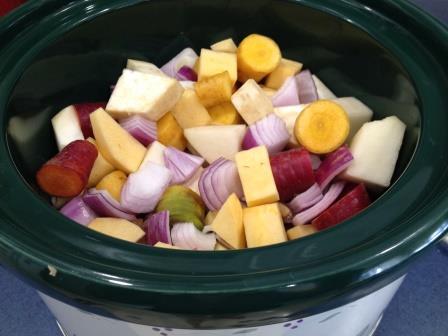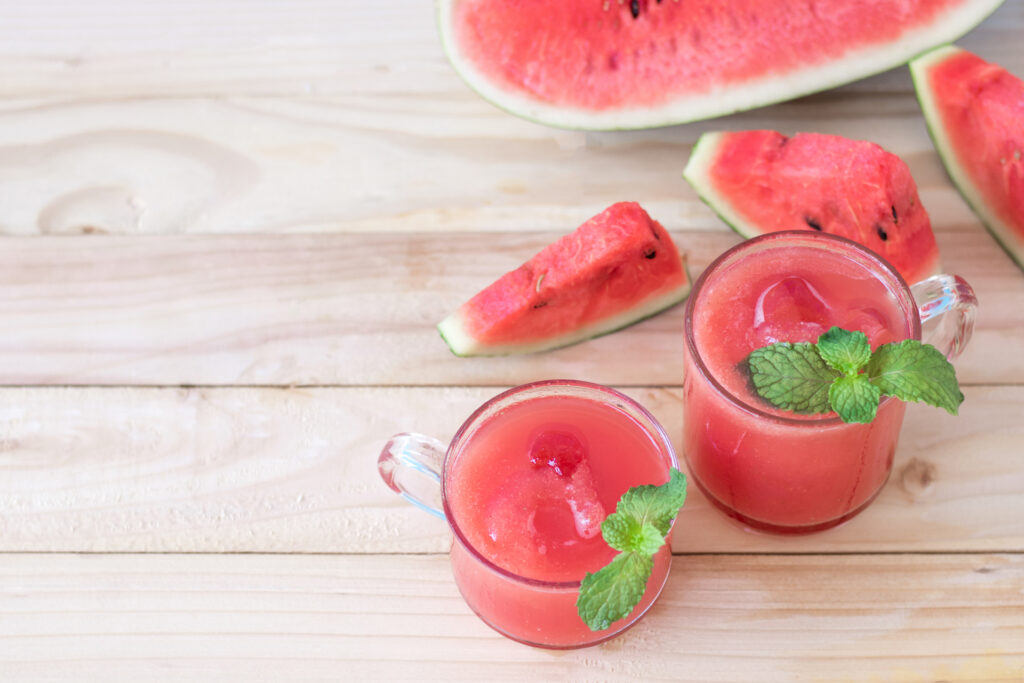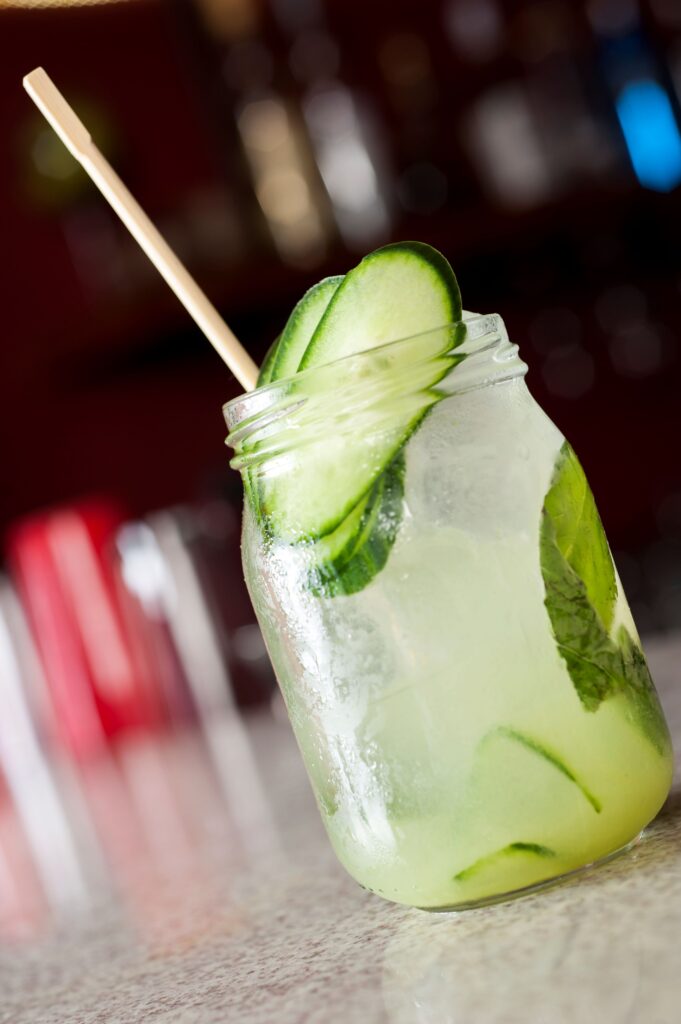I don’t often eat bread, but when I do, I strive to make the best choice possible when it comes to nutrition and health.
In the world of nutrition, there seems to be an ongoing debate about whether bread should be eaten at all, and if it is, the debate turns to whether there’s a type of bread that’s best for our health. Among the contenders, sourdough and sprouted grain breads often steal the spotlight, boasting unique flavors and purported health benefits. Why are these two bread varieties gaining so much attention, and how do they stack up against ‘regular’ wheat bread? Keep reading to find out – and watch the video at the end of this post so you never end up wasting money throwing out a single slice of stale or mouldy bread!
The Rise (pardon the pun!) of Sourdough and Sprouted Grain Breads
Sourdough and sprouted grain breads have been a staple for centuries, cherished for their distinct flavours and textures; however, the appeal goes beyond taste. When traditionally prepared, these breads offer a range of health benefits, compared to ‘regular’ wheat bread, including:
- Gut-Friendly: Sourdough is made through a natural fermentation process, where wild yeast and bacteria break down various anti-nutrients and/or hard to digest nutrients. This not only enhances the bread’s flavor but also makes it easier to digest, promoting gut health. The same can be said for the grain sprouting process.
- Blood Sugar Balance: The fermentation and sprouting processes lower the bread’s glycemic index, leading to slower absorption of sugars into the bloodstream. This can help stabilize blood sugar levels, making it a better option for those watching their blood sugar.
- Improved Nutrient Absorption: The fermentation and sprouting of grains reduce their anti-nutrient content, making minerals such as calcium, iron, and magnesium more available for absorption. The processes also break down starches and proteins, making other essential nutrients, including amino acids, more bioavailable. This means you get more nutritional bang for your buck with each slice.
- Potential Gluten Tolerance: Research is still on-going on this potential benefit; however, there is some evidence that some individuals with gluten sensitivities find they can tolerate sourdough and sprouted grain breads better than conventional wheat breads. Please note that unless a sourdough or sprouted grain bread is labeled as gluten-free, individuals with Celiac disease or any other allergy or health condition related to wheat/gluten should completely avoid them.
Buyer Beware

Not all sourdough and sprouted grain breads are created equal and many large bread manufacturers are jumping on the band wagon labelling their breads as ‘sourdough bread’ or ‘sprouted grain bread’ when they are far from the healthy, traditional forms of these breads.
Many breads labelled as ‘sourdough’ are not made using traditional methods, which among other things, involve being solely fermented and leavened using wild cultures, AND ensuring the dough is fermented properly (re: timing and pH monitoring) to deliver the nutritional benefits of traditional sourdough bread. The source of the fermenting microorganism used is key. If you want to read a very ‘sciency’ article about sourdough bread, click here … and/or keep reading this blog for some slightly more practical advice. :)
As always, it’s important to READ LABELS. The only ingredients that should be on the label of a naturally fermented/leavened sourdough bread are:
- Flour
- Water
- Salt
- Culture or starter (e.g. wild yeast and bacteria)
Similarly, not all breads labelled ‘sprouted grains bread’ are necessarily as healthy as you may think thanks to food manufacturing labelling ‘guidelines’. For example, currently, a grain product can carry a ‘whole grain’ claim if at least 30% of the product’s ingredients (by weight) are whole grain and the product contains more whole grain ingredients (by weight) than refined grain ingredients. So, as a silly example (or maybe not so silly as some food manufacturer’s can be very sneaky!), the ingredients of a grain product touting a ‘whole grain’ claim could be 30% whole grains, 29% refined grains, and 41% of combined other ingredients such as sugar, unhealthy oils, additives/preservatives, etc. That doesn’t sound very healthy! I have yet to come across a definition for a grain product to carry a ‘sprouted grain’, claim; however, I’ve seen some big bread manufacturers come out with breads touting a ‘sprouted grain’ claim, and when I read the ingredient label, sprouted grains don’t stack up very well compared to other ingredients. Remember that ingredients are listed in order of weight, so check to see where ‘sprouted grains’ appear on the ingredient label of the product you are thinking of buying.
My go to sprouted grain breads are made by Food for Life. Food for Life offers numerous products, inluding Sprouted for Life Bread, a gluten-free bread made from sprouted grains such as quinoa, millet and chia. These bread products are found in the freezer section of most health food stores and/or the health food section of larger grocery store chains.

Moderation Matters
While sourdough and sprouted grain breads may offer certain health benefits over regular bread, that doesn’t mean you should start chowing down on them! Moderation is key for several reasons, including:
- Carbohydrate Load: While sourdough and sprouted grain breads have a lower glycemic index compared to refined wheat bread, they still contain carbohydrates. Monitoring your carbohydrate intake is important, especially if you are trying to control your weight or manage conditions like diabetes.
- Dietary Balance: While bread can be a nutritious part of your diet, it shouldn’t overshadow other essential food groups. Aim for a balanced diet rich in vegetables, along with some fruits, some proteins, and some healthy fats alongside your occasional sprouted grain, sourdough, or other bread/grain choices.
When I make or buy loaves of sourdough or sprouted grain bread, I only eat a slice occasionally. The video at the end of this post shows what I do to ensure that not a single precious slice goes to waste – which is particularly important when I’m buying these breads as they are pricier than regular commercial wheat breads.
In conclusion, both sourdough and sprouted grain bread offer unique flavors and health benefits that set them apart from traditional wheat bread. However, like all foods, they should be enjoyed in moderation as part of a balanced diet. By occasionally incorporating these wholesome bread varieties, you can savour their goodness while supporting your overall health and well-being.



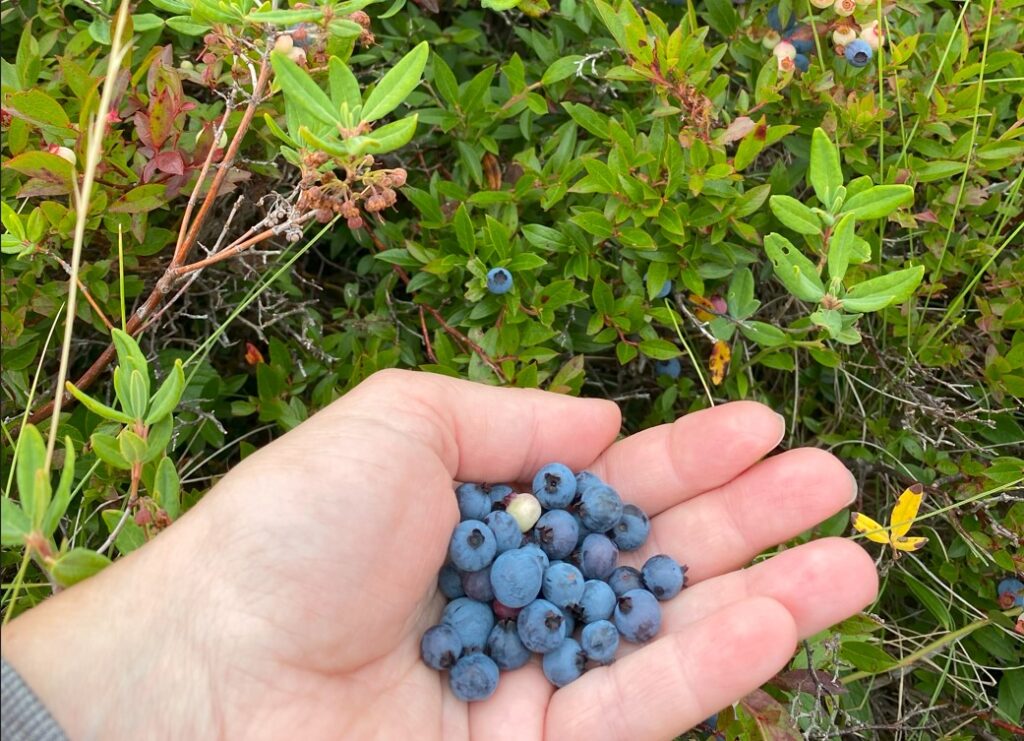







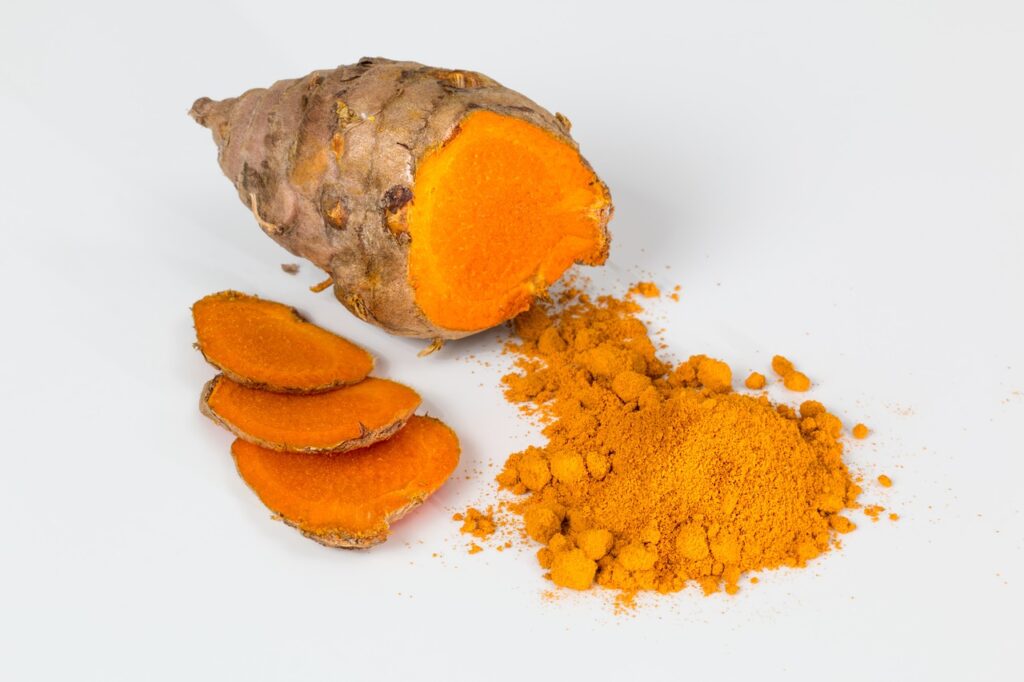





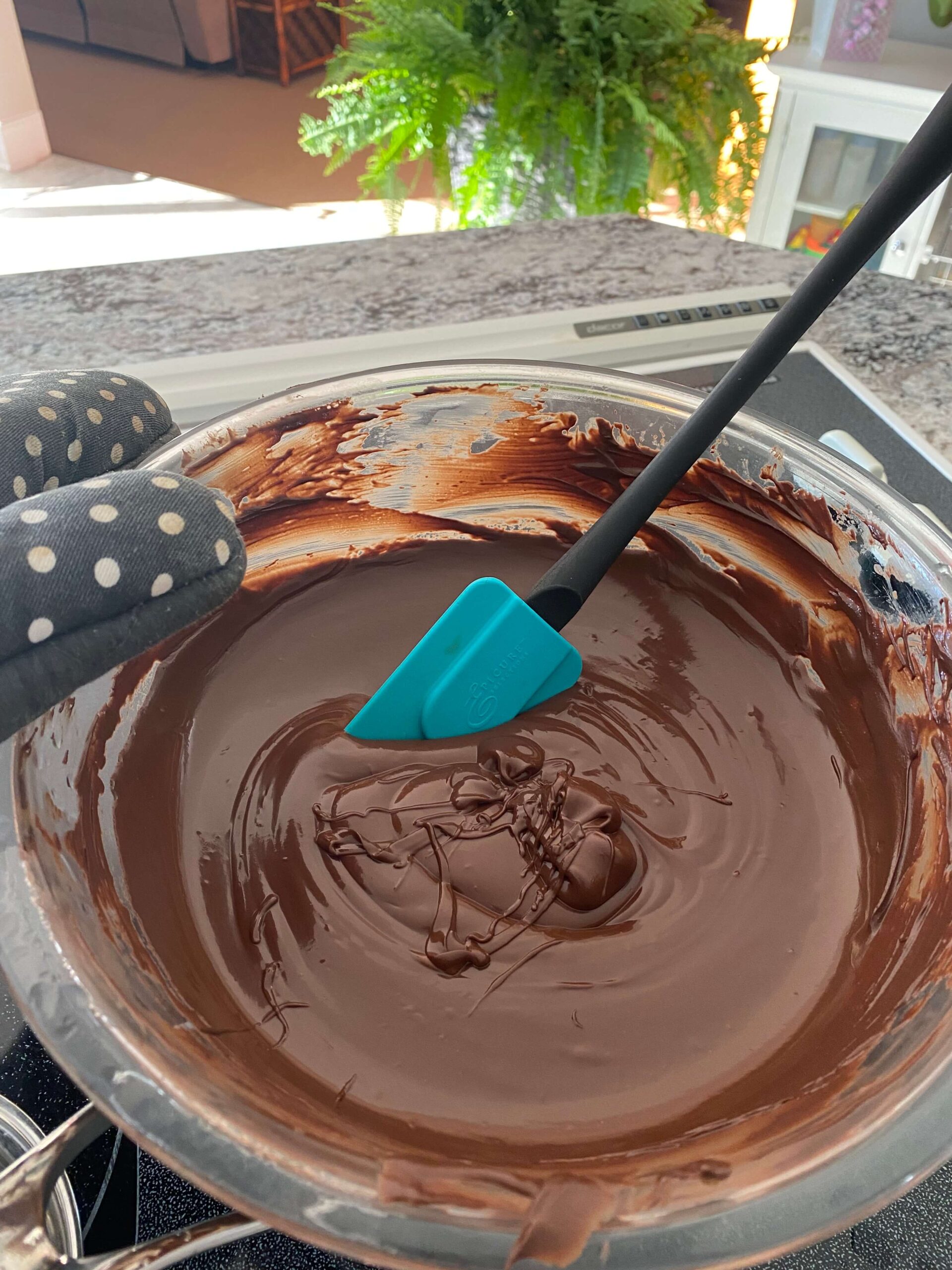


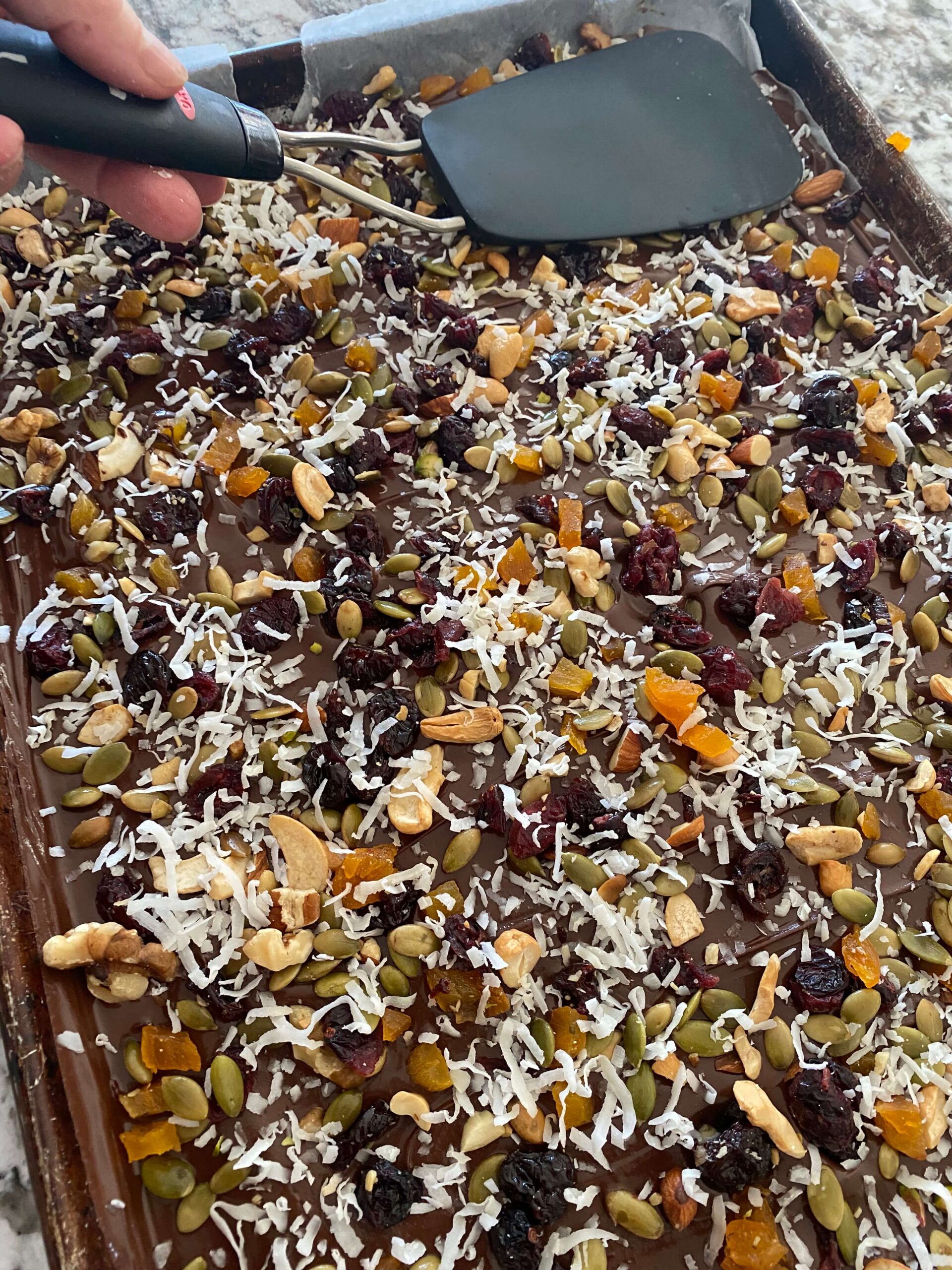


 Enjoy!
Enjoy!

